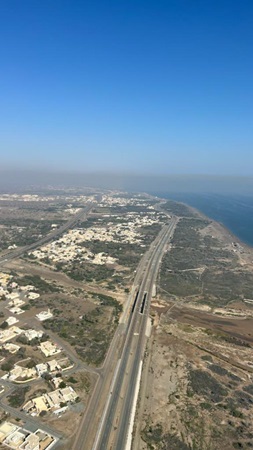In the pantheon of cinema, few names command as much reverence as Francis Ford Coppola. With a career spanning decades and boasting classics like “The Godfather” and “Apocalypse Now,” Coppola has solidified his status as a cinematic luminary. Now, with his latest endeavor, “Megalopolis,” Coppola invites audiences on a journey of unparalleled scope and ambition.
Synopsis: A Convergence of Time and Ideology
At the core of “Megalopolis” lies a tale as timeless as civilization itself. Set in an imagined America reminiscent of ancient Rome, the film explores the clash between tradition and progress through the eyes of two titans: Cesar Catilina, a visionary artist with the power to halt time itself, and Mayor Franklyn Cicero, a staunch defender of the status quo. As Catilina’s audacious vision collides with Cicero’s entrenched conservatism, the fate of New Rome hangs in the balance, and the city stands on the precipice of transformation. Caught in the midst of this ideological struggle is Julia Cicero, the mayor’s daughter, torn between her allegiance to her father and her forbidden love for Catilina. Through their intersecting paths, “Megalopolis” delves into themes of power, morality, and the eternal quest for meaning in a world gripped by change.
Coppola’s Vision: A Fusion of Art and Philosophy
In conceiving “Megalopolis,” Coppola draws inspiration from a myriad of sources, blending elements of history, literature, and philosophy to craft a narrative of profound depth and resonance. With his trademark blend of intellect and imagination, Coppola explores the fundamental questions that have plagued humanity since time immemorial, inviting audiences to ponder the nature of power, progress, and the human condition itself. Through rich symbolism and evocative imagery, “Megalopolis” transcends the boundaries of traditional storytelling, offering a cinematic experience that is as intellectually stimulating as it is emotionally resonant.
The Cast: A Pantheon of Talent
An epic of such magnitude demands a cast of extraordinary talent, and “Megalopolis” delivers in spades. At its center is Adam Driver, whose commanding presence as Cesar Catilina anchors the film with gravitas and intensity. Surrounding him are industry stalwarts like Giancarlo Esposito, Nathalie Emmanuel, Aubrey Plaza, Shia LaBeouf, and Dustin Hoffman, each bringing their unique talents to bear in service of Coppola’s vision. With their nuanced performances, the cast breathes life into a world teetering on the brink of change, elevating “Megalopolis” to the realm of cinematic greatness.
From Concept to Creation: The Epic Journey of “Megalopolis”
For Coppola, the journey to bring “Megalopolis” to life has been nothing short of Herculean. From the earliest inklings of an idea to the monumental task of financing and production, Coppola’s unwavering commitment to his artistic vision has been the driving force behind the film’s creation. With a team of dedicated collaborators at his side, he has spared no expense in realizing his vision, from the meticulously crafted sets and costumes to the sweeping cinematography and haunting score. The result is a cinematic tour de force that stands as a testament to the power of creativity and the enduring spirit of artistic expression.
Conclusion: A Cinematic Triumph for the Ages
As “Megalopolis” makes its long-awaited debut, it stands as a testament to Coppola’s unparalleled talent and visionary storytelling. With its epic scope, rich symbolism, and powerful performances, “Megalopolis” transcends the boundaries of traditional filmmaking, offering audiences an immersive journey into the heart of human ambition and folly. As viewers are swept up in the drama of New Rome, they are reminded of cinema’s unique ability to provoke thought, stir emotions, and inspire change. With “Megalopolis,” Coppola cements his status as a true master of the medium, leaving an indelible mark on the history of filmmaking for generations to come.























